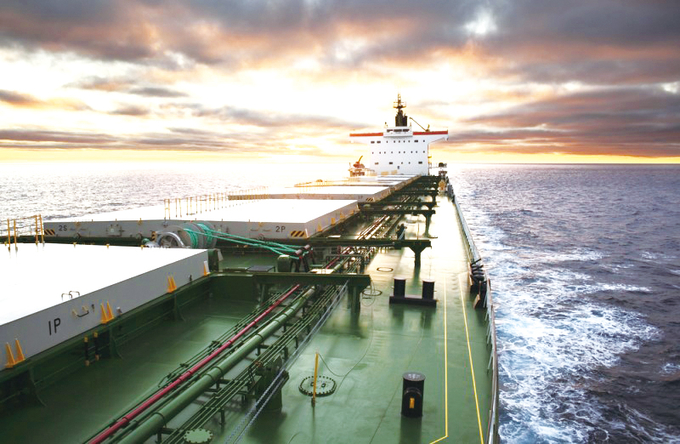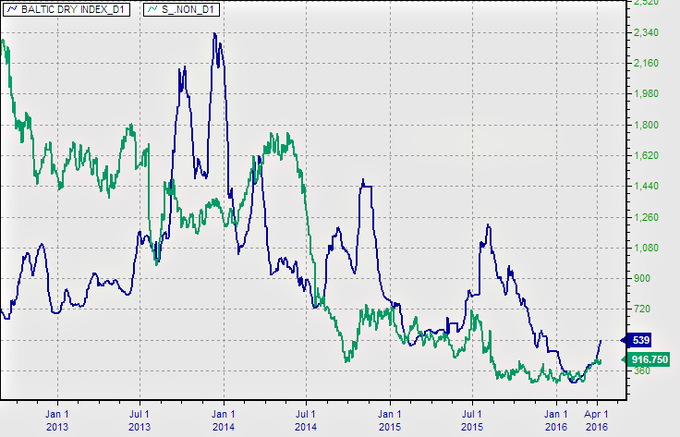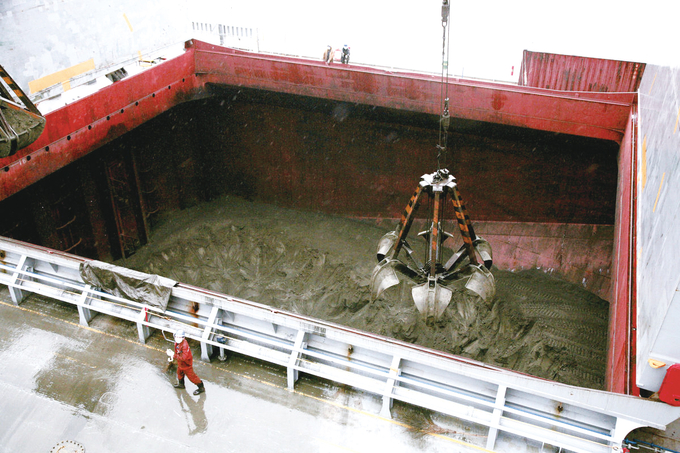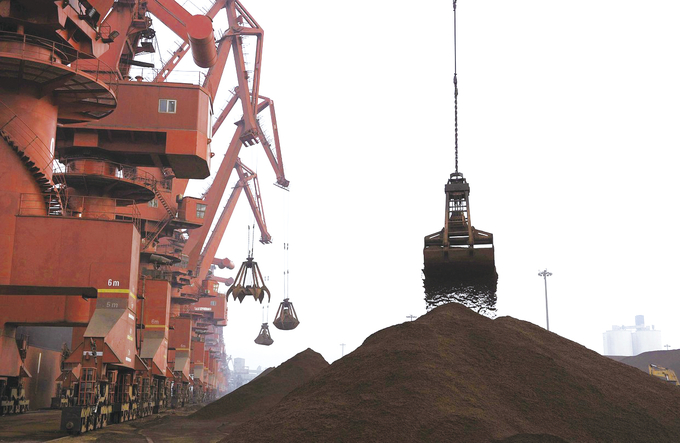
Here’s reason to hope that spring has arrived for the global sea freight industry: The Baltic Dry Index, a measure of shipping costs, is up 62 percent from its record-low reading of 290 on Feb. 11, and just two points below its year-high of 473 on Jan. 4.

That sounds like good news until you consider how far the index has fallen: The benchmark averaged 1,100 in the five years through 2015, and 4,406 in the five years before that.
Still, the improvement’s a sign that the demand side of the dry bulk shipping industry may be past its nadir. China’s Lunar New Year is always a weak period for the commodities carried on such ships, including iron ore, coal, and grains.

In four out of the past five years, February was the weakest month for Chinese iron ore imports, a trade that increasingly dominates the sector. Even at a time when China’s economy is looking frailer, sparks in the country’s industrial machine carry enough of a kick to keep the boats afloat.
If shipping only had a demand side, this would be cause for celebration. Unfortunately, there’s a supply side too ? and it’s a horror show. Thanks to the ongoing need to replace aging ships and the long tail of orders placed in more profitable times, the world’s dry bulk shipping fleet is still growing despite losses that should be causing shipowners to throttle back.
About 2.8 million deadweight tons have been added to the fleet since December alone ? equivalent to about one new Capesize bulk carrier every five days. Thanks to those super low iron ore prices, scrap is cheap, making it less attractive to clear the oversupply by demolishing ships. About 163 dry bulkers have been taken to the scrap yard so far this year, according to IHS Global, but there are still 9,484 in service.
While current-quarter rental rates for Capesize vessels are jumping with the Baltic Dry ? they rose 24 percent last week alone ? the latest price of $6,050 a day is more than a thousand dollars short of typical operating costs. As Bloomberg Intelligence’s Lee Klaskow noted, dry-bulk carriers burned through $12 billion of cash during January and February, and removing all the excess capacity in the market could take two-and-a-half years.
Against that backdrop, better rates are just prolonging the pain. Instead of sinking outright, the industry’s excess supply retains just enough buoyancy to cause a shipping hazard.
(Source : Bloomberg)

















